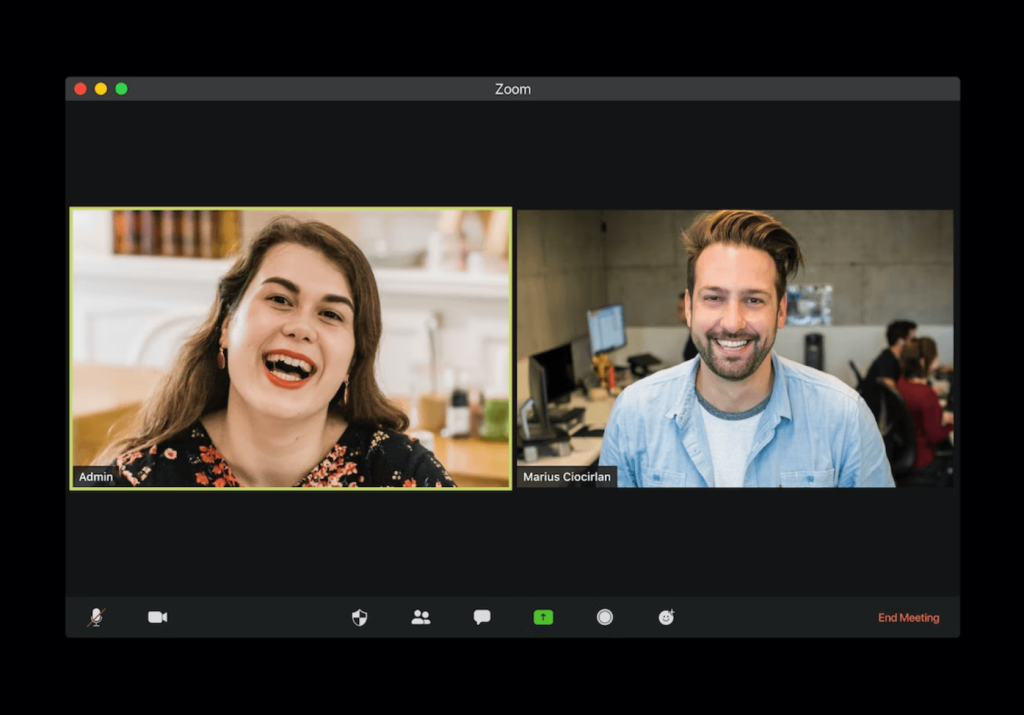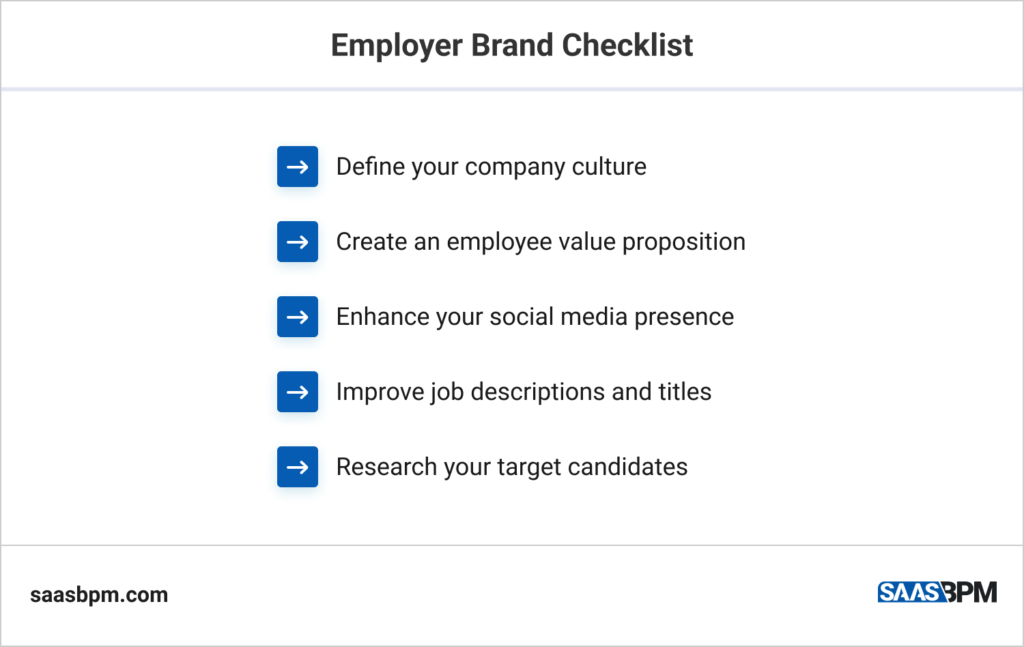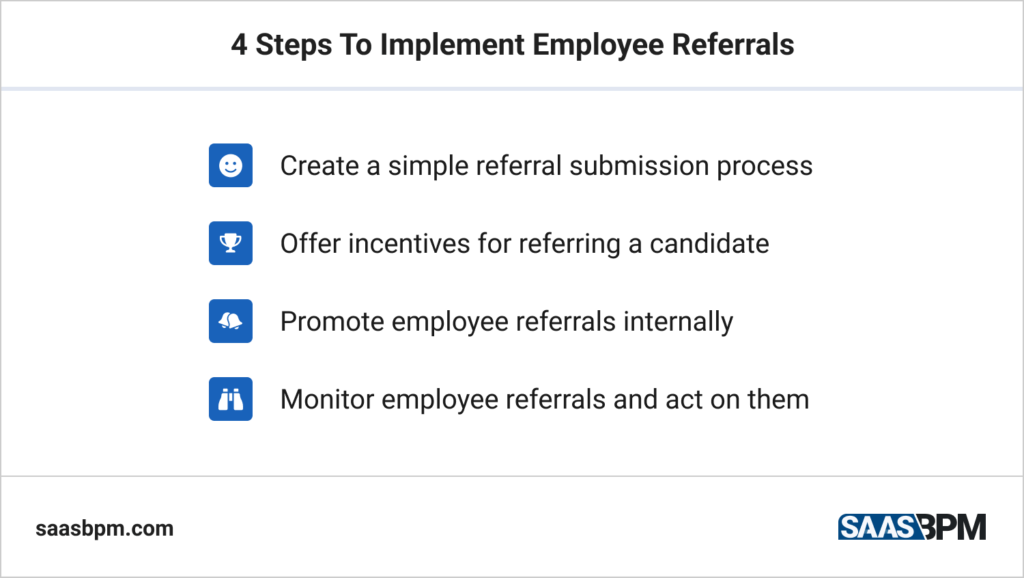In a competitive job market, it is critical to optimize your recruitment process in order to find and retain top talent. In fact, nine out of ten business leaders state that their organization would not reach its goals if the correct people were not hired for crucial positions.
Given that candidates have a multitude of job choices and can easily find positions that match their criteria, it’s no wonder recruiters have to work harder than ever. If an employer doesn’t meet a talented and experienced individual’s demands from the very beginning, then chances are high that another company will swoop in and take them away.
Are you looking to optimize your recruitment process? If so, you’re in luck. This guide will walk you through some of the best ways to do just that. By following these tips, you’ll be able to streamline your process, find the best candidates for your open positions and lead your team more effectively. So, what are you waiting for? So, keep reading to learn more!
Get Familiar with the Recruitment Challenges of 2022
The hiring process is multifaceted, dynamic and requires coherence. The many challenges that arise during this step can be split into two broad categories. They are identifying the right match for a specific role, and ensuring there’s an adequate return on investment from recruiting them in general (which may include retaining employees).
However, in post-pandemic 2022, there are several other ‘hidden’ challenges in HR that you need to consider if you want to optimize your recruitment process. Here are some of the most pressing issues that you should keep an eye on:
1. The Impact of COVID-19 on the Workforce
The pandemic has forced many businesses to downsize, resulting in a smaller pool of potential candidates. In addition, those who are currently employed may be hesitant to switch jobs due to the uncertainty surrounding the economy. As a result, businesses will need to work harder to attract top talent in 2022 and beyond.
2. The Rise of AI and Automation
As artificial intelligence (AI) and automation become more commonplace, they will change the way we recruit. For example, AI can be used to identify potential candidates through social media data mining. In addition, automated screening and assessment tools can be used to speed up the recruitment process. So, embrace the power of task automation for HR managers and make sure they focus (and have the time for) the important, strategic steps.
3. The Gig Economy
The gig economy is a growing trend in which people work short-term or freelance jobs instead of full-time positions. This type of work arrangement is often more flexible and can be less expensive for businesses. As a result, expect an increase in gig workers in the coming years.
4. The War for Talent

With the pool of available talent shrinking, businesses will need to compete for the best and brightest employees. This could lead to an increase in salaries and benefits as businesses attempt to lure top talent away from their competitors.
5. The Rise of Generation Z
As Generation Z starts entering the workforce and many millennials seek career change options, businesses will need to adapt their recruitment strategies to appeal to this demographic. For example, millennials and early Gen Z representatives are more likely to value work-life balance and use social media in their job search.
6. The Growth of Social Media
Social media is playing an increasingly important role in the hiring process. Candidates are using social media to research potential employers and connect with recruiters. In addition, businesses are using it to identify and screen candidates.
7. The Shift to Virtual Interviews

With 45% of full-time employees working remotely, we may see a shift toward virtual interviews in the coming years. This type of interviewing can be done via video conferencing platforms like Skype or Google Hangouts.
8. The Increase in Employee Turnover
The pandemic has led to an increase in employee turnover as workers leave their jobs for greener pastures. In addition, businesses may be more likely to downsize or restructure in the post-pandemic economy. As a result, you will need to be prepared to optimize your recruitment process and look out for new employees on a regular basis.
9. The Need for Diversification
As the workforce continues to evolve, businesses will need to diversify their recruitment efforts. This could include hiring employees from different countries or cultures. In addition, businesses may need to focus on recruiting a more diverse pool of candidates, including women and minorities.
10. The Importance of Employee Retention
In a post-pandemic world, businesses will need to step up their employee retention efforts. This may include offering competitive salaries and benefits, providing job security, and creating a positive work environment.
Identify Your Recruitment Process Optimization Goals
As you look to further optimize your recruitment process, it is important to identify your specific goals. This will help you create a plan that meets the needs of your business and improves your chances of success. Some common goals include:
- Reducing the time to hire
- Decreasing the cost per hire
- Improving the quality of hires
- Increasing the diversity of your workforce
- Enhancing the employer brand
- Improving the candidate experience
- Streamlining the recruitment process
- Reducing turnover
- Improving retention rates
- Identifying top talent early on in the hiring process
Refine Your Employer Brand

Your employer brand is the image of your company that a potential employee has in their mind. It encompasses everything from your company culture to your values and mission statement. In order to optimize your recruitment process and attract top talent, you need to ensure that your employer brand is strong and appealing. You can do this by:
1. Defining your company culture and values: What makes your company unique? What do you stand for?
2. Creating an employer value proposition: What can you offer employees that they can’t find elsewhere?
3. Developing a strong social media presence: Use social media to show potential employees what it’s like to work at your company.
4. Creating compelling job descriptions: Write job descriptions that accurately reflect the role and highlight the benefits of working for your company.
5. Conducting employer branding research: Research your target candidates to find out what they’re looking for in a potential employer.
Run Internship Programs
Internship programs are a great way to identify top talent and get them involved in your company. By offering internships, you can give candidates the opportunity to learn about your business and see if it’s the right fit for them. In addition, you can use such programs as a way to screen candidates and assess their skills and abilities.
Improve Your Job Descriptions
Job descriptions and job titles have long been a component of the search for and recruitment of potential employees. Every word in the job description counts in order to stand out among a sea of similar-sounding opportunities.
The pandemic has forced businesses to become more flexible and agile. The sudden transition to remote work has meant that teams have had to take on new responsibilities that were not in their job descriptions before but are now a requirement.
Use the Power of Employee Referrals

Employee referrals can be a powerful tool in your recruitment arsenal. By encouraging your employees to refer their friends and contacts, you can tap into a larger pool of potential candidates. In addition, employee referrals tend to result in higher-quality hires. This is because employees are more likely to refer people who they know would be a good fit for the company.
If you want to make the most of employee referrals, you should:
1. Make it easy for employees to refer candidates: Provide employees with an online form or email address that they can use to submit referrals.
2. Offer incentives: Give employees a bonus or reward if their referral is hired.
3. Promote the program: Let employees know about the program and remind them to refer candidates.
4. Keep track of referrals: Keep track of all the referrals you receive so you can follow up with them.
Invest in Quality Onboarding

Onboarding is the process of orienting and helping new employees get accustomed to their job roles and your company. It’s an important step in the recruitment process because it can help new staff members adjust and feel like a part of the team. In addition, quality onboarding can lead to improved job satisfaction, higher retention rates, and increased productivity.
A Word from SaaS BPM
With the right tools and a forward-thinking mindset, you can optimize your recruitment process to ensure that you are attracting top talent in today’s competitive job market. Keep these goals in mind as you work on refining your employer brand, running internship programs, and ensuring that your job descriptions are accurate and attractive to potential employees. And don’t forget – one of the best ways to attract quality candidates is by having an impressive employee retention rate.

![How to Optimize Your Recruitment Process [Guide]](https://saasbpm.com/wp-content/uploads/2022/09/How-to-Optimize-Your-Recruitment-Process-Guide-1130x662.png)